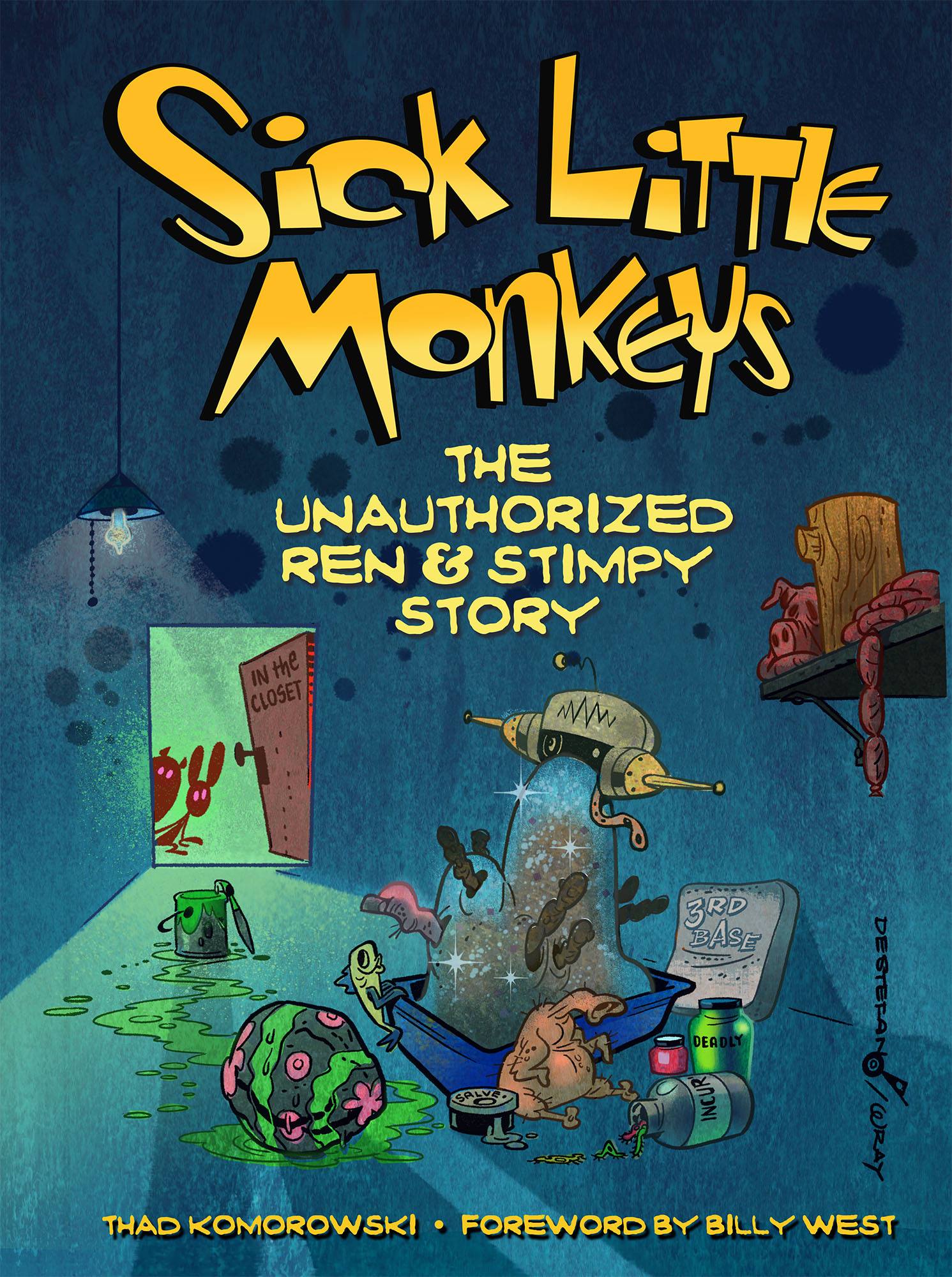One deed that needs doing is the location of a complete print of The Daffy Duckaroo, a 1942 Daffy Duck cartoon by Norm McCabe.
Here’s the scoop:
There are two different versions of the opening song Daffy sings at the beginning of the cartoon. The more widely-seen version, Guild/Sunset B/W prints and the Korean redrawn, is actually in-sync with the animation, but there is a definite splice in the soundtrack. (Click here to see that copy.) The computer colorized version, as aired on Nickelodeon, featured a different half that obviously was incorrectly pasted over the wrong animation.
Put them together, as Larry Tremblay did in the embeded reconstruction (re: “fake”) below, and you get a complete song.
I have no idea as to why the soundtrack was split up like this. If had to guess (and I hate doing this, because it’ll end up on Wikipedia as a fact), there may have been censorship by Guild/Sunset to remove a legible reference to Warner Brothers on Daffy’s trailer (the company verifiably removed WB references in Porky in Wackyland and You Ought to Be in Pictures), which you can kind of make out at the end of the cartoon when it’s in view again. Again, this is only a guess. But then, if that was the case, why does the computer colorized version use the same footage, and the second half the song? The mind boggles.
If you have leads to an answer on this mystery, I and many others would appreciate them.
Now for the actual cartoon…
This is actually a very underrated cartoon for several reasons. It’s one of the earliest cartoons that uses “modern design” successfully, neck-and-neck almost with Chuck Jones’s usage of it. McCabe unfortunately had the handicap of being resigned to wartime propaganda as story material and having his films only available in shoddy condition, but some of his films are worth rediscovering. I wish I knew who McCabe’s layout artist was during this period.
The earliest Art Davis Warner animation is seen in this cartoon (mostly in the scenes with Daffy and Little Beefer in the teepee), marking the beginning of his 20 years of employment, and beginning his reign of terror as the studio’s funniest animator (a title only also held by Rod Scribner).
The classic sexually active Daffy takes center stage, a carryover from some of the last cartoons Bob Clampett did with his unit, but here it’s about as overt as it would get (Frank Tashlin excepted). Some of it borderlines uncomfortable when he seems to genuinely enjoy Beefer’s advances.
On a related note, Jerry Beck has the honor of being the only historian whose writing created an awkward moment between my parents and I. I asked them what the word “bisexual” meant, as Jerry used the word to refer to Daffy’s behavior in his book in the passage on this cartoon. (This had to be when I was seven, reading his Looney Tunes books for book reports. That created even more awkwardness.)












